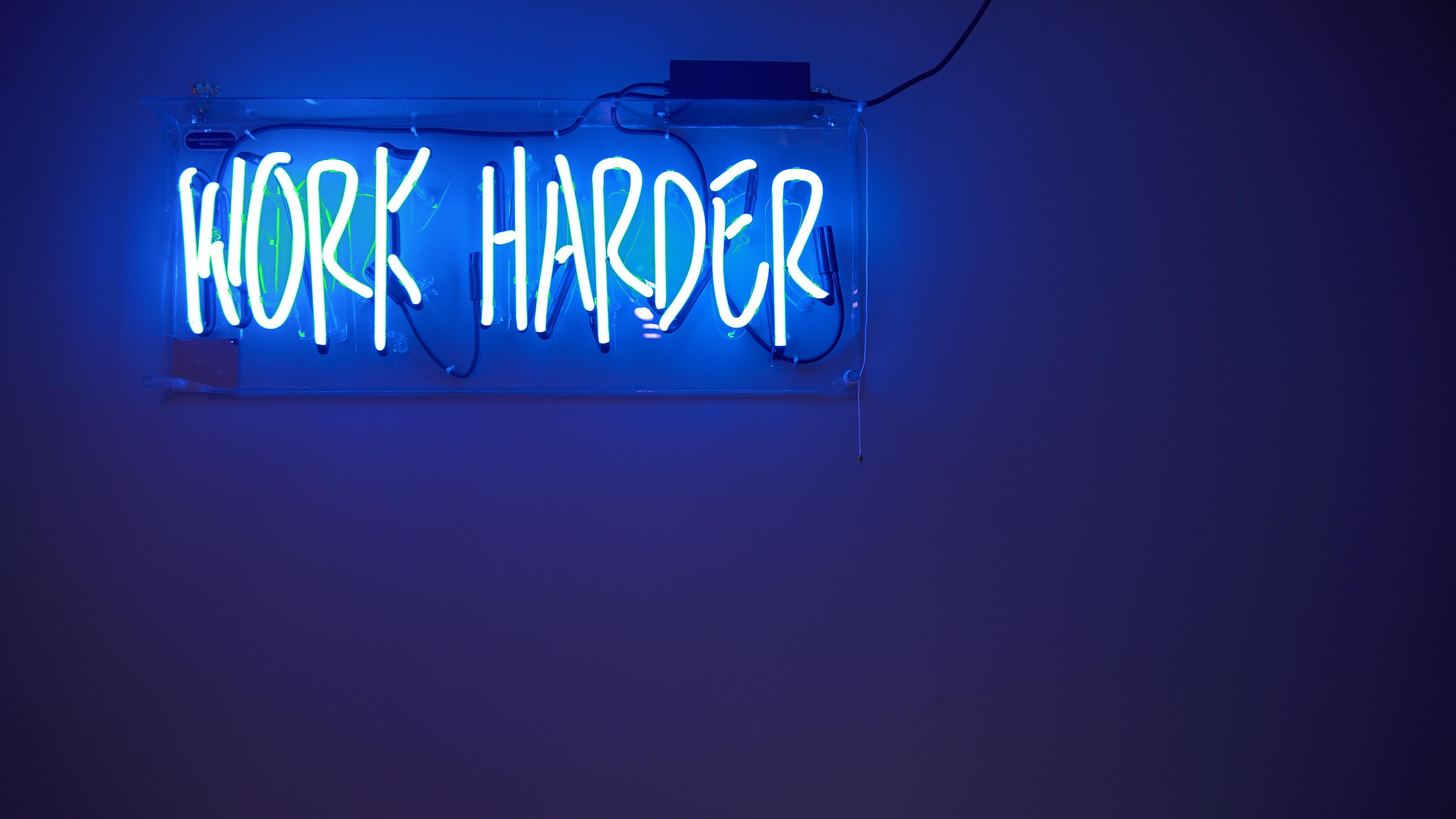Until recently, Baby Boomers held the title of the most populous generation. As such, they also made up a majority of employees in most businesses. However, thousands of Baby Boomers are retiring every day, and under-qualified Millennials are looking to fill their positions. This creates a complex problem for HR, but it can be solved if you follow these steps immediately.
Understand the Problem
Before you dive into the solution, you must understand the problem. Although this is a national issue, some companies will be impacted more than others. Take the time to write down the employees that are leaving, as well as which skills new employees must possess to fill their places. Begin looking into the talent pool now to determine which skills you will need to train new hires on, versus which skills they already have.
Employee Retention
The first way you can avoid a sudden lack of employees is by offering better employee retention programs. Providing a flexible schedule, part-time work, and even work-from-home days can entice your best employees to stay for a few more years. If you’re sure you will need to phase out the older generation, I suggest creating a coaching program, where your older employees can mentor new employees. This can take the stress of training off of managers, while also ensuring your new hires have the ability to perform all necessary tasks before the Boomers take their leave. It may even provide the bonus of slightly longer retention, which could give you the ability to utilize Baby Boomers’ skills one last time.
Lower Your Expectations
If you can’t retain your current employees, it’s time to shift focus the opposite way. Millennials are notorious for being unqualified for many jobs, so reevaluating your job descriptions is key. For example, some tasks may only require a GED or high school diploma to complete, while others are suitable for those with specific degrees. Although, ideally, every candidate would come with a Graduate degree, you may be forced to hire some employees with less-than-stellar resumés. Instead, focus on the work the candidate will accomplish for you. As long as the results match up with the work you’d expect from a qualified employee, why not accept them into your company?
Draw In Millennials
It’s a trend to call out Millennials as job-hoppers, but that isn’t necessarily true. The problem many employers face is an undervaluation of its human capital. A week’s vacation and $20K per year isn’t going to cut it anymore. Millennials are always on the lookout for positions with great perks , so offer them. A positive work environment, more PTO, a higher salary, tuition reimbursement, and flexible hours are all perks candidates will recognize. Most importantly, be up-front about your benefits. In every interview, you should make clear exactly what a new hire is receiving. That being said, you must follow through on everything you say. Nothing will force an employee to quit faster than broken promises.
Remember Gen X and Gen Z
Now that you know how to manage Boomers and Millennials, I want to remind you of two other generations of workers: Gen X and Gen Z . Gen X are in their 40s and 50s, while the oldest of Gen Z are college-aged. If you’re looking for more experienced recruits, try tapping into the X market. On the other hand, obtain Gen Z employees through internships, then offer a full-time position. Gen Z is said to be the most tech-savvy generation (yes, even more than Millennials) and they can easily bring your company into the technological sphere.
If you feel hopeless about the current lack of qualified candidates, just know that you’re not alone. Every company is going to be faced with this Big Boom. It’s not a matter of when or to what extent; it’s a matter of how well you prepare.






